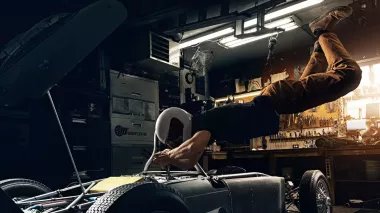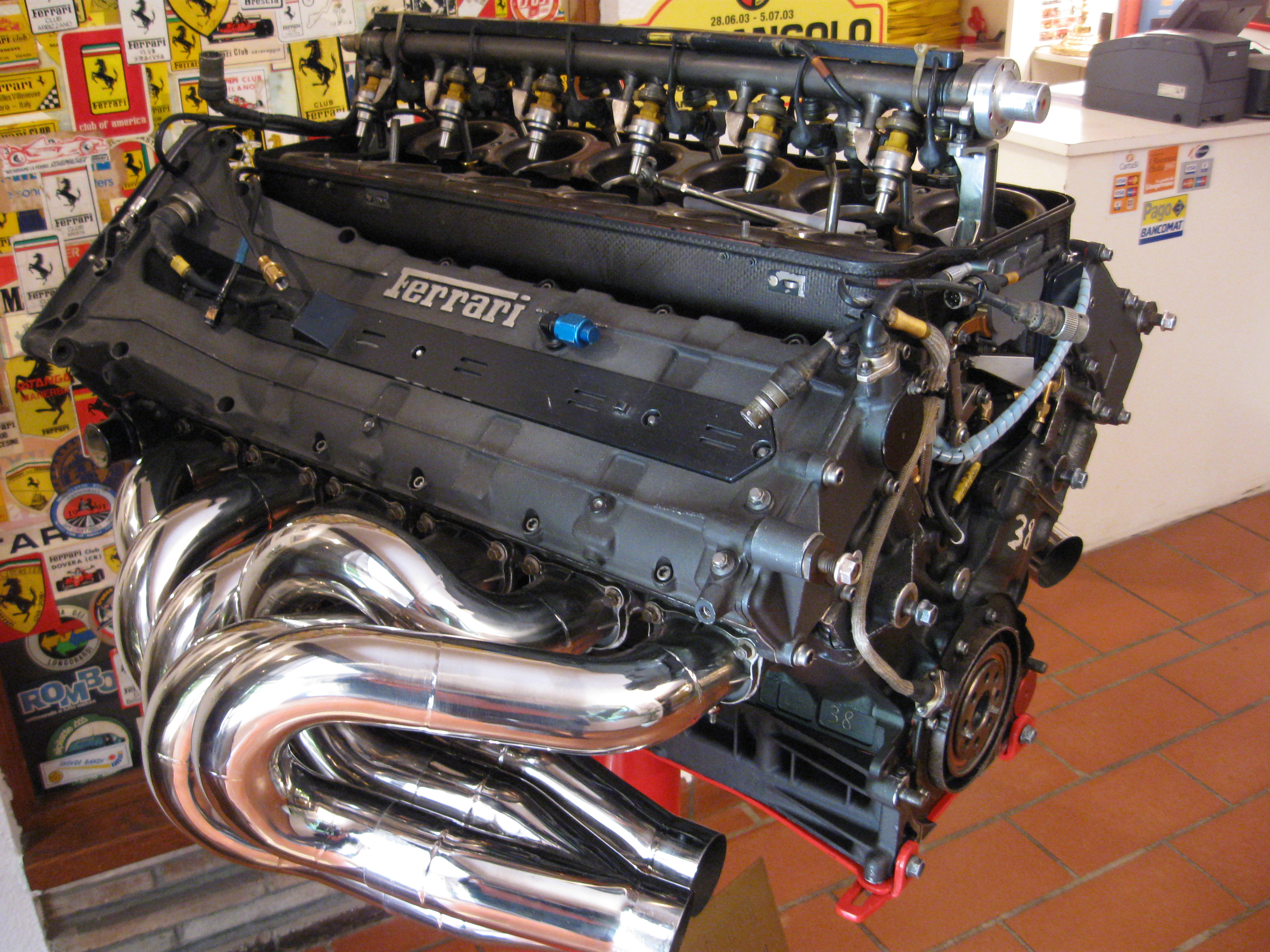Engineering Marvels of F1: Innovations and Tech in Formula 1 Racing

The goal is to achieve neck-to-neck battles. It closes the performance gap. Overall you can watch better racing. The changes have been successful since 785. In 2021 it was 599. It overtakes throughout the season.
The engineering underlying the 2023 F1 vehicles is outstanding. There are multiple unsung people behind this design. They are struggling day and night to build these extraordinary machines.
Formula One Change The Design Of Its Cars
Formula 1 cars are always famous for their engineering design and construction. These technical marvels have created the home names of Michael Schumacher, Ayrton Senna, and Sir Lewis Hamilton. But the design and engineering underlying these cars have changed vastly. The pace of invention is always there in sports history.

The last F1 era (2017-2021) saw the fastest cars created. This performance may be record-breaking, but it instead came at a cost. A severe drawback of this type was that drivers found it shaky while following a rival.
The air phenomena are also critical here. Polluted air is one of the reasons behind this. It’s created by the car in front wake turbulence. The automobiles lost 35% of their downforce. It’s become claustrophobic while traveling 20 meters behind another driver in this polluted air. However, this tendency escalates in other situations. It comes to a 46% loss at 10 meters. This rapidly fading grip eventually made racing difficult.
A change is essential to get better wheel-to-wheel racing in the future.
Formula 1 Vehicle Engineering Marvel
The 2022 set of rules is initially slated for the 2021 season. But they have processed late due to the coronavirus epidemic.
Over 7,500 models were experimented with to make the overall design for the 2022 and 2023 cars. This made half a petabyte of data. These data were assessed over several years. The industry's top aerodynamic engineers are involved in this venture.
Innovations In F1 Racing Aerospace Engineering
The main alterations are around the front and back wings. Racecar Engineering has amazing innovations like a proper-shaped rear wing with rolled tips. It can lift the air in an upward direction. It can limit the brake duct and get a shape to help downforce creation. Each engineer interprets them in their way. They can also innovate their design accordingly.
The repair of ground effect downforce
The new cars have the recovery of ground-effect downforce. This includes pumping air through tunnels under the automobile. It’s capable of creating a low-pressure zone. This'sucks the vehicles to the ground. It is mighty.

source - https://hackaday.com/2021/03/05/the-rise-and-fall-of-the-fan-car/
In the early 1980s, ground effect downforce was prohibited from Formula One, maybe because the cars of the time required skirts down each side for the tunnels under the car to work. In case of any damage or break, it could result in a disastrous loss of downforce on high-speed corners. This condition was extremely dangerous to drivers.
As per the F1 officials, this design will significantly boost downforce in vehicles when following others. They claim that at 10 and 20 meters, the loss of downforce is only 18% and 4%, respectively. This allows chasing vehicles in the long run. The racing is becoming more exciting for these new inclusions, as we have experienced since 2022.
Engines, tires, and safety
In 2022, the car's wheels were varied from 13" to 18". Wheel coverings and wake-control are winglets to regulate airflow. Pirelli worked closely with the teams to prepare brand-new tires that can reduce overheating.
The prior generation of turbo-hybrid engines was the most efficient one. Hopefully, they will be retained in the future. It has all the advanced technologies like thermal efficiency, the capacity to convert minimal fuel amounts into high energy, and battery and power recovery. These are at the cutting edge of what is now feasible.

It can be improved in the future and get uniform components. There is also a new fuel named E10. It contains 10% ethanol. It must be a second-generation biofuel with a near-zero carbon footprint. It is made in a bearable manner.
Cars can withstand a 15% higher impact force at the front and back. Their engines must be able to separate from the body without exposing the fuel tank. This safety measure is the result of
Romain Grosjean's accident in 2020. In this accident, the car caught flames.
While many guidelines are prepared for the Formula 1 car racing regulations, which the engineers maintain without compromising the team's creativity, watching the evolution of the new-generation cards in their second-generation move will be exciting.
How To Watch The Formula One Grand Prix Online?
Viewers in the United States can use Formula 1 Stream to watch all the latest races for free. Our website features all the new events and news related to F1 Racing world!
FAQs
1. Who creates the Formula One racing car?
Each F1 car has five basic engineers: the Race Engineer, the Engine Performance Engineer, the Controls Engineer, the Performance Engineer, and the Engine Systems Engineer. The Race Engineer is the link between the team and the driver.
2. What’s the eligibility of an engineer in F1?
Initially, you must have a Mechanical Engineering or Automotive Engineering degree. After that, you need to gain the requisite automotive and race engineering expertise.
3. What’s the approximate payment of an F1 engineer?
F1 engineers' payment can vary greatly based on their knowledge and expertise. Junior engineers earn roughly $50,000 per year. On the other hand, senior engineers may earn well over $100,000 per year. The Top-level engineers may make significantly more than this.
4. What does an F1 engineer do?
Working as an F1 racing engineer is a very influential job. Their major purpose is ensuring all racing car components perform safely. Their other duties include handling mechanics in automobiles and racing equipment. They also can monitor and interpret race data.
Conclusion
While watching the entire Formula 1 race, you can easily forget what technological wonders the vehicles are. Their performance, reliability, and complexity are at the cutting edge of mechanical innovations and technical design.
The main issue in this genre is balancing the degree of detail between novice-friendly and doctoral. This work is done efficiently in this field. Complete pictures highlight some of the finer issues.
The technological marvels of the F1 cars are really interesting and a matter of concern. This is for any F1 fan who has a technical bent. Learning those winter changes is essential, especially at the start of a new season.